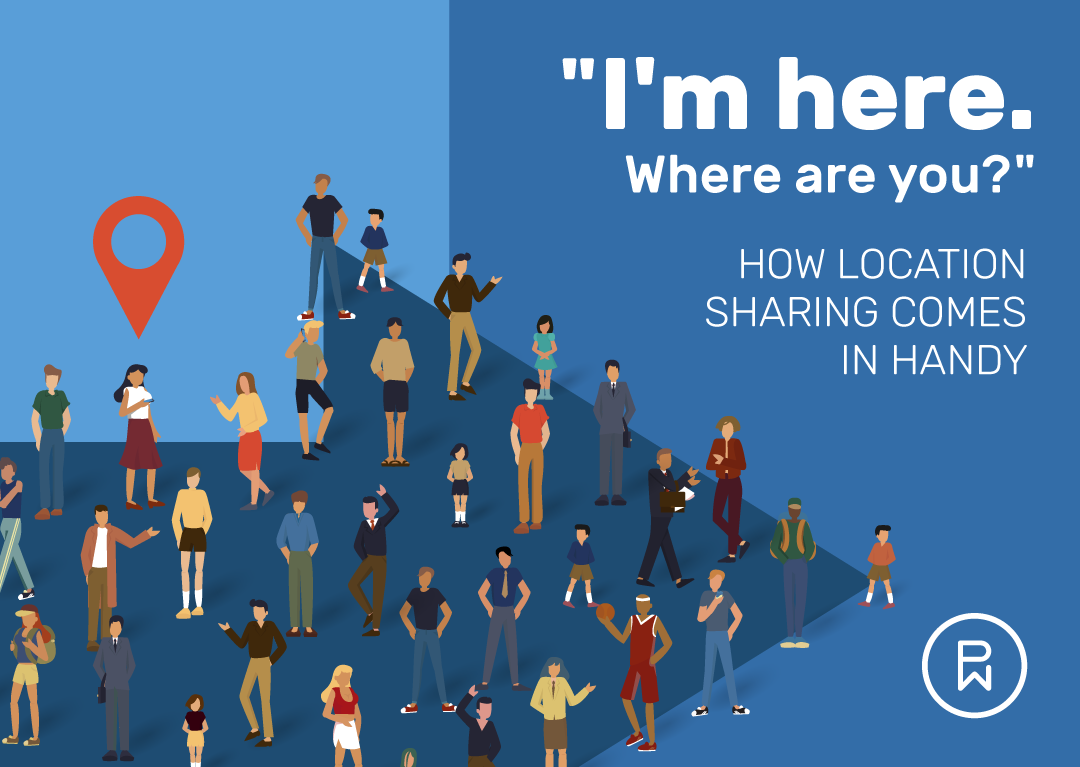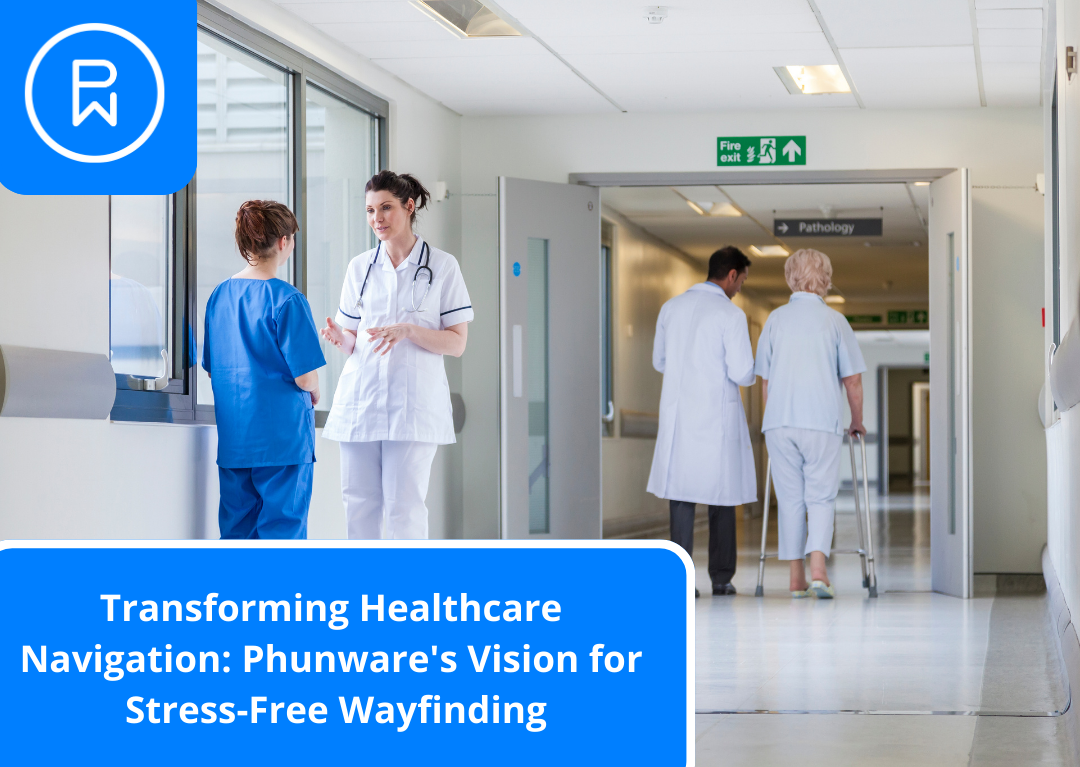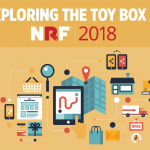Remember back in the Dark Ages before we could set reminders on our phones? If you’re anything like me, you were probably leaving yourself a voicemail saying “Don’t forget to buy cat food,” or slapping a sticky note on your steering wheel, or—the old classic—writing a note on your hand. When reminder apps first came out, many people thought, “Oh… cute,” but now we can’t live without that simple utility. It’s a small feature with huge impact.
There’s another small-seeming mobile feature that is super helpful in multiple scenarios: location sharing. App giants like Google Maps, Snapchat, WhatsApp and Facebook Messenger all allow users to share their location with one another—it’s a great way to coordinate with friends (and get advance notice when somebody is definitely going to be late for the movie).
If, like many retailers, stadiums, hospitals and other physical venues, you have an app for the on-site customer experience, consider adding location sharing capabilities to it. This seemingly small feature provides convenience and social connection by helping people find each other within your campus or facility. Here are some examples of how location sharing comes in handy—useful information if your organization is looking for new ways to enhance the customer experience.
5 Places Location Sharing Really Shines
1. Healthcare: Hospitals and Medical Centers
Patients can share their location with hospital staff so they’re easy to locate in appointment waiting areas or anywhere in the facility. Critical physicians and nursing staff can share their locations with administrators so they can be found in an emergency. Staff can even share their location with patients or colleagues when en route to bring extra blankets, medicines, etc.
2. Hospitality: Hotels, Casinos and Restaurants
Guests can share their location and order details with staff, ensuring seamless delivery. Staff members can respond with an order receipt and the delivery location.
3. Theme Parks and Large Entertainment Venues
Visitors can create location sharing groups with each other, making their friends and family easy to find, even in crowded conditions. In a first-aid or medical emergency scenario, visitors can share their locations with the appropriate staff, who can use navigation to reach them as quickly as possible. Other staff, such as lifeguards or ride attendants, can share their locations with managers, helping to ensure coverage at all times.
4. Retail
Store associates can share their location with app users so they’re easy to locate via in-app mapping and navigation. Alternately, shoppers can request customer service and share their location, enabling associates to navigate directly to them.
5. Airports
Families or groups traveling together can create location sharing groups to stay connected throughout the terminal before, between and after flights. Baggage-handling and flight prep staff can share their location with administrative staff to help orchestrate and coordinate flight transitions.
Adding Location Sharing to Your App
If you’re considering enabling use cases like the ones above, Phunware offers licensable location sharing functionality as part of our Location-Based Services platform module, which also powers indoor mapping and wayfinding. To learn more about the power of location-based technology, watch our webinar:
WEBINAR
Redefining Retail: Surprising Use Cases Keeping Retailers Competitive
WATCH THE ON-DEMAND WEBINAR NOW
For more information about location sharing, download our Location Sharing feature sheet or reach out to me anytime. I love talking about new ways to make apps even more functional and valuable for businesses as well as people.
Download our eBook Location Technology 101 to learn more about the types of location technology and how they work together—so you can start envisioning the possibilities.










